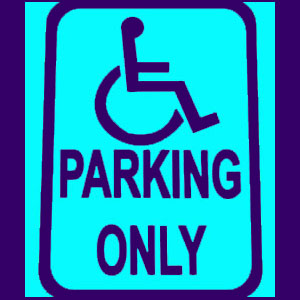
Paralysis is the condition which prevents movement in a given area of the body. This syndrome can be localized to a specific anatomical region or may be widespread throughout the body. Paralyzed individuals may or may not experience sensory perceptions in their affected body parts, depending on the cause of their symptoms.
When it comes to being paralyzed due to a back injury, spinal disease process or congenital/developmental condition in the spine, the prognosis is usually grim. This is because the spinal cord will not typically regenerate once damaged and treatment options to repair cord trauma are almost nonexistent.
Causes of Paralytic Conditions
A paralyzed condition can be caused be a wide range of possible reasons. The most common source of symptoms is spinal cord damage due to significant trauma. Automobile accidents, gunshots and other forms of violent action against the spinal structures can injure or sever the actual spinal cord.
Congenital conditions, such as severe forms of spina bifida, can also lead to serious cases of spinal dysfunction.
Disease processes such as ALS, Polio and Multiple Sclerosis can paralyze parts of the body or even the entire anatomy.
Stroke is also one of the most prevalent paralyzing conditions and can affect patients due to cerebral damage inside the brain.
Some drugs and organic toxins can also have a temporary or even permanent paralyzing effect on body parts.
The remainder of this article will focus on various spinal causes for paralysis.
Complete Paralysis
Completely paralyzed individuals have absolutely no use of the affected areas of their body. These anatomical regions do not respond to any commands for movement due to severed, diseased, disabled or degenerated neurological connections. Completely paralyzed individuals might lose use of a specific area of their body or might lose the ability to move virtually any part of their anatomy.
Loss of functionality in the lower extremities is called paraplegia.
Loss of function in all four limbs is called quadriplegia or tetraplegia.
High vertebral level injuries resulting in complete paralyzing conditions typically affect the autonomic processes and can be life threatening. Complete loss of function is most typically caused by severing the spinal cord.
For detailed information on total objective forms of this condition, please refer to my article dedicated to complete spinal cord injury.
Incomplete Paralysis
Partial paralyzing conditions might affect a specific bodily area or can create a paraplegic or quadriplegic condition as well. However, these patients still have some function in their affected bodily regions. Sometimes, this function is controllable and other times it is random and spasmodic.
Incomplete paralyzing conditions usually are less serious, since they often spare the functions of the internal organs and autonomic systems. Incomplete loss of function is usually due to injuring, but not severing, the spinal cord. Partial spinal cord injury also responds far better to treatment and many patients can be rehabilitated to regain some of the lost neurological abilities.
Please increase the depth of your understanding of partial cord traumas by reading my article detailing incomplete spinal cord injury.
Paralysis Editorial
The spinal cord is such a delicate structure and once it is damaged, it typically does not regenerate. It is for this reason that many spinal cord injuries are permanent in nature.
There are some new hopes in the field of spinal cord injury treatment. Many new drugs and stem cell research offer promise for one day reversing disability due to cord injury or other neurological damage. In the meantime, advances in mobility, support and patient comfort have improved the lives of affected individuals exponentially. Best of all, social and governmental recognition of a disabled person’s rights have created an environment which is welcoming and accessible to everyone with a functional impairment.





